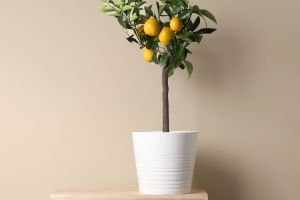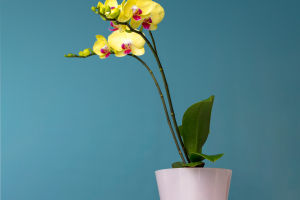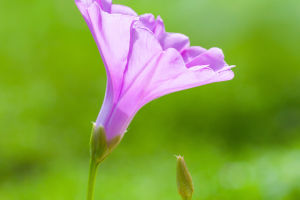The dandelion (Taraxacum officinale) is a common and resilient flowering plant known for its bright yellow blooms and distinctive seed heads.
Often seen as a weed, the dandelion has a number of fascinating characteristics and adaptive features that contribute to its widespread presence and survival.
What is a Dandelion?
The dandelion is a herbaceous perennial plant belonging to the Asteraceae family. It is native to Europe and Asia but has become naturalized worldwide. Characterized by its rosette of deeply lobed leaves and its vibrant yellow flowers, the dandelion is easily recognizable. The plant’s flower head is actually a composite of numerous tiny florets, which mature into a spherical seed head, often referred to as a "dandelion clock."
Why Can Dandelion Seeds Fly So Far?
The dandelion’s seed dispersal mechanism is one of its most remarkable features. Each seed is equipped with a lightweight, fluffy structure called a pappus, which resembles a small parachute. This pappus is made up of fine, hair-like structures that increase air resistance and allow the seed to be carried by the wind over long distances.
When the seed head is mature and ready to disperse, it becomes easily dislodged by the slightest breeze. The seeds can travel several miles from the parent plant before settling. This efficient dispersal mechanism helps dandelions colonize new areas and ensures their continued proliferation.
Interesting Characteristics of Dandelions
1.Nutritional and Medicinal Uses: Dandelions are more than just weeds; they have been used in traditional medicine and culinary practices for centuries. The leaves are edible and can be used in salads or teas. They are rich in vitamins A, C, and K, as well as minerals like iron and calcium. The roots are also used in herbal remedies and can be brewed into a coffee substitute.
2.Photosynthesis in Leaves: Dandelion leaves are highly efficient in photosynthesis, even in low-light conditions. Their deeply lobed shape helps capture maximum sunlight while minimizing shading of neighboring leaves.
3.Taproot System: Dandelions have a long, sturdy taproot that can extend up to 30 centimeters (about 12 inches) into the ground. This deep root system allows the plant to access nutrients and water that are not available to shallower-rooted plants, enhancing its survival in a variety of conditions.
4.Rapid Growth Cycle: Dandelions have a quick life cycle. From germination to seed production can take as little as 8 to 12 weeks, allowing them to reproduce rapidly and effectively. This rapid growth and reproduction cycle make them particularly successful in disturbed environments.
5.Self-Fertilization: Dandelions can reproduce through both cross-pollination and self-pollination. This adaptability ensures that they can reproduce even when pollinators are scarce.
These characteristics make the dandelion a highly adaptable and successful plant, capable of thriving in a range of environments and conditions. Despite often being regarded as a nuisance, the dandelion’s unique features contribute to its resilience and widespread presence.
Lykkers, we'd love to hear your thoughts on the amazing adaptations and uses of the dandelion! Did any of these facts surprise you, or do you have your own dandelion stories to share?
Drop your comments and insights below—let’s discuss how this humble plant makes such a big impact. Your experiences and ideas help us appreciate the wonders of nature even more!


